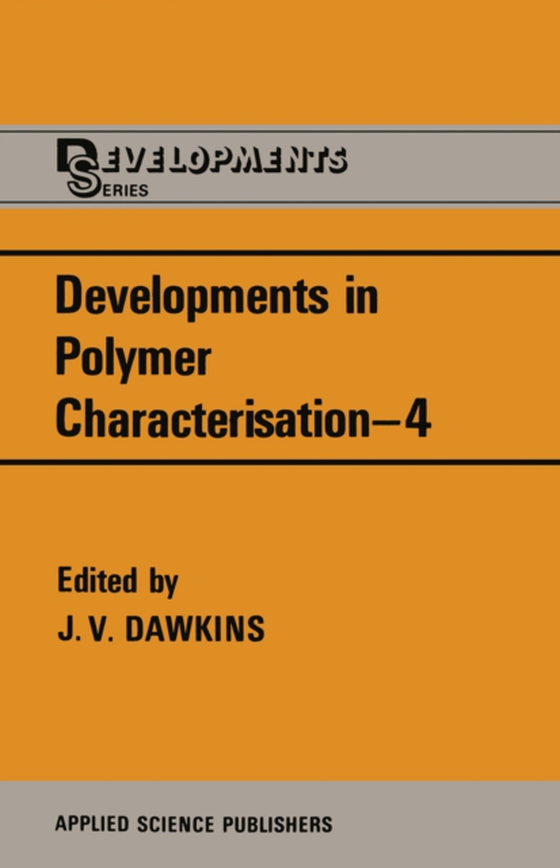
Developments in Polymer Characterisation-4 e-bog
436,85 DKK
(inkl. moms 546,06 DKK)
This volume includes reviews on tackling polymer characterisation problems and on developing specific characterisation techniques. The first two chapters and the last chapter describe progress in providing character- isation information for polymers containing long-chain branching, for polymer blends, and for polymers having preferred orientation. The remaining chapters review progress in indiv...
E-bog
436,85 DKK
Forlag
Springer
Udgivet
6 december 2012
Genrer
TGMP
Sprog
English
Format
pdf
Beskyttelse
LCP
ISBN
9789400966284
This volume includes reviews on tackling polymer characterisation problems and on developing specific characterisation techniques. The first two chapters and the last chapter describe progress in providing character- isation information for polymers containing long-chain branching, for polymer blends, and for polymers having preferred orientation. The remaining chapters review progress in individual techniques, showing with examples the characterisation results which may be obtained. It is recognised that the degree of chain branching which can evolve in some polymerisation processes can have a marked effect on the flow properties of a polymer, and therefore on polymer processing behaviour. In the first chapter the characterisation of long-chain branching from measurements of the molecular size and molar mass of a polymer in dilute solution is outlined. It is indicated that a complete characterisation of branching requires the combined use of several techniques, emphasising in particular recent developments involving gel permeation chromatography. Thermal analysis and infrared spectroscopy are widely used techniques in polymer characterisation. Both techniques can provide, very quickly, significant results with readily available instrumentation. This is illustrated by the review of the characterisation of polymer blends by thermal analysis in Chapter 2. An assessment of blend morphology, which influences the behaviour of a material consisting of two or more polymers, is presented in terms of transition temperatures. Conventional infrared spectroscopy involves dispersive spectrometers which do not always provide accurate information on composition and structure for complex polymeric materials.
 Dansk
Dansk

